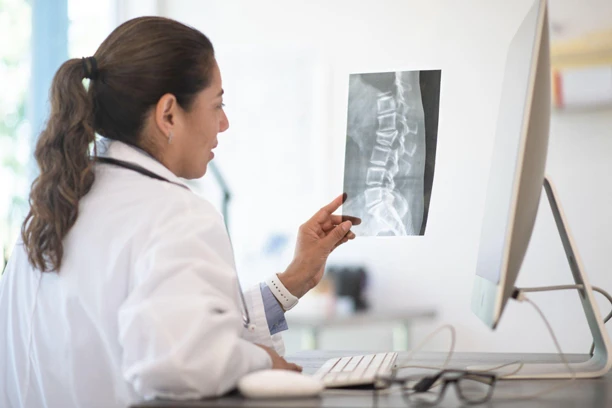Numerous factors, including sports-related injuries, slips and falls, car accidents, and age-related wear and tear, can result in damage to the bones, muscles, and joints.
The reasons for injuries might vary, and there are a variety of treatment choices available. Understanding these alternatives is crucial to finding the best treatment for each patient and each condition.
While cautious, non-surgical treatment options may be preferable for some orthopaedic problems before resorting to surgical intervention; surgical intervention is occasionally advised as the initial course of action. The general notion is that, even though surgery is technically possible, it is not necessarily important.
Patients value having options, such as non-surgical or less invasive procedures. Let’s first define non-surgical treatment, and then delve more into the three non-surgical treatment modalities of medicine, physical therapy, and injections. In this article, look at how to start your year with non-operative orthopaedic treatment.
Defining non-surgical treatment
Some individuals cannot have surgery even when it is an option because of additional medical issues that enhance the danger of the procedure. In other instances, individuals may simply be hesitant to have surgery because they are afraid of the unknown or the prolonged recovery period. Regardless of their motivations, both groups of patients instead choose to put up with and control the discomfort brought on by the injury.
Without making any incisions in the body or removing any tissue, non-operative orthopaedic treatment aims to enhance a patient’s quality of life, reduce pain, and maximise function. Instead, the specialist looks for the greatest non-surgical alternatives while creating the most customised treatment plan for their requirements to reduce pain as soon as possible.
Non-invasive treatment options offer patients numerous benefits:
- Without incisions, there are no wounds, no scars, and no infection risks.
- Because non-invasive therapies are performed on an outpatient basis, no hospital stays are necessary
- Progress and improvement can be controlled by the patient.
- Patients frequently experience a gradual restoration to normal function with reduced interference with daily activities.

These three non-invasive procedures provide an alternative to surgery and frequently result in a successful recovery and effective pain management.
1: Physical therapy
Through targeted exercises and body manipulations, this alternative attempts to enhance movement, functional capacity, general well-being, and quality of life after an injury. Physical therapists with training employ manual therapy techniques to increase the flexibility and alignment of the bones and soft tissues, thereby reducing pain and enhancing function. It entails strengthening and flexibility exercises to regain movement and coordination, as well as the use of assistive devices to make activities more comfortable for patients. People who receive physical therapy can move more easily and resume an active lifestyle.
2: Medication
Medications are prescription drugs that can be administered orally, topically (as a cream or ointment), topically (by breathing in) or both. While sometimes indirectly affecting the healing process, medications can reduce symptoms.
The next method of pharmaceutical administration is an intravenous injection, which will be covered. Every treatment has benefits and drawbacks, and not every drug can be treated with every method.
Non-invasive medication administration methods have benefits, but patients typically favour them for their simplicity and convenience.
By lowering swelling, discomfort, or stiffness, non-invasive drugs are frequently used to treat the symptoms of an injury, illness, or health issue. One such is a non-steroidal anti-inflammatory medicine, or NSAID, which can be used to relieve swelling, pain, and inflammation and is occasionally sold without a prescription, like ibuprofen or naproxen. Additionally, because all medications have a chance of having side effects, you should consult a qualified musculoskeletal specialist before using an oral, topical, or inhalation medication to treat a musculoskeletal issue.
3: Injections
Due to the need for skin penetration during delivery, injections fall within the category of minimally invasive orthopaedic treatments. When administered properly, injections can be a useful alternative to other forms of therapy when they may not be the best option because they frequently carry fewer risks and consequences.
Examples of typical minimally invasive orthopaedic procedures include:
- Joint injections
- Spine injections
- Soft tissue injections
The use of injections includes inherent dangers, much like the use of other drugs, and should be reviewed by a qualified musculoskeletal specialist.
Physical therapy, medication, and injections—the three non-surgical treatment options—offer patients practical choices that, when utilised properly, produce far less discomfort or harm to the body and can help patients regain increased levels of function and quality of life without surgery. You can get assistance from our specialists at Sujata Birla Hospital in figuring out which options would be the best fit for your particular diagnosis. If you are suffering from joint pain then we hope that these tips help you to start your year with non-operative orthopaedic treatment.


One Comment
Pingback: Start Your Year with Non-Operative Orthopaedic Treatment – Sujata Birla Hospital